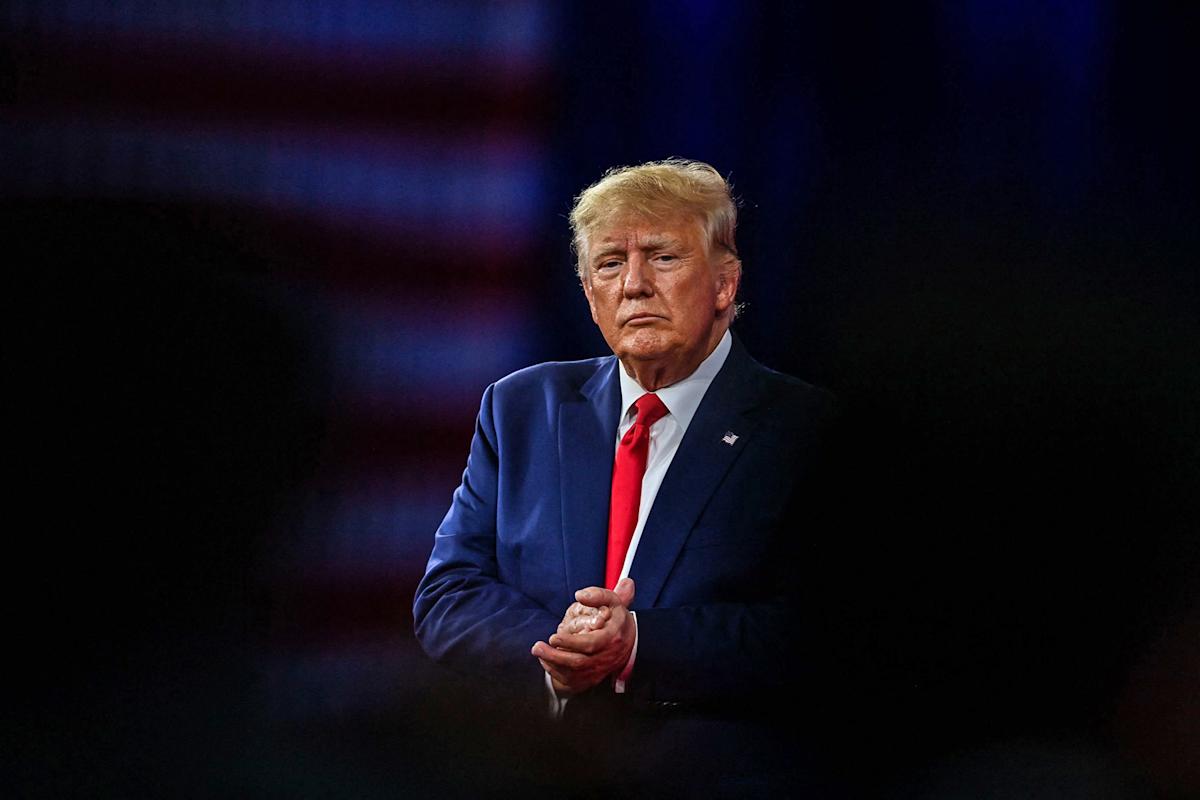
The President, Donald Trump, has also stated that duties imposed by the Trump Administration generate $2 billion a day for the US economy. Speaking after more than $5 trillion in losses on the U.S. stock market following his “liberation day” announcement, he added: “America is going to be very rich again, very soon.”
The president has argued that the tariff revenue will boost America’s economic prosperity. But is there any truth behind this claim? A more detailed look at the facts queries the real effect of these tariffs.
U.S. Treasury Department statistics show that invoking customs duties has reached just under $200 million a day in recent months, significantly lower than the almost $2 billion a day Trump has claimed. This gap causes questions about whether an increase in revenue like this is possible.
In his defense, the number could be just an estimate based on the value of all goods imported to the U.S. and the stated tariff rates. The US buys roughly $9 billion worth of goods each day, and if the tariffs were uniformly exceeding a 22% average, that could theoretically create lots of revenue. However, this calculation presumes that import volumes remain the same, which most likely will not be the case as higher tariffs always lower the demand for foreign goods.
As the Tax Foundation notes, the revenue from tariffs could be $2.9 trillion over a 10-year basis as a permanent tax, or roughly $300 billion per year, or about $820 million per day. Still a long, long way from the $2 billion that Trump claims.
While tariffs are meant to shield U.S. industries, they carry a drawback: increased costs for U.S. shoppers and corporations. Most economists agree that the final price of tariffs is borne by American consumers who incur higher costs for imported goods. These rising costs can lead to higher inflation, which would curb consumer spending and overall growth in the economy.
President Trump has framed his tariff policy as a means of addressing what he perceives as “unfair trade.” In a statement made on April 7, he claimed, “We have a trillion-dollar trade deficit with China,” but this figure is an exaggeration.
The real trade deficit with China in 2024 was around $295 billion (not $1 trillion, as claimed by him).
Also, as tariffs keep increasing, the effect will not be limited to American businesses. Firms dependent on foreign materials could see input costs going up, resulting in higher prices on their end and less competitiveness in international markets. In addition, the paralyzing influence on U.S. exports could also jeopardize the rest of the economy, especially for industries dependent on international trade.
The trade tariffs have triggered retaliatory moves from key trading partners and have created further complications. China, in particular, has taken the trade fight to a higher level by imposing a 125% tariff on U.S. goods. This tit-for-tat game is hurting not just America but the global supply chain as well.
The European Union has also been singled out by Trump, with him accusing it of profiteering on trade imbalances. “You know, we take their millions of cars. They take no cars. They don’t take our farm products. They don’t take anything,” Trump said, a claim that ignores the significant trade in automobiles between the U.S. and the EU, which saw the EU importing over 164,000 U.S.-made cars in 2024 alone.
These retaliatory tariffs undermine global supply chains and create unfamiliarity for companies working in the international marketplace. Even if he sees tariffs as a negotiating tool to get into better trade deals, the toll the tariffs are taking on both sides of the dispute is clear.
Economists are uncertain about the overall effectiveness of tariffs as economic tools. Though some think that tariffs can strategically shield home industries, some doubt them. In the long run, tariffs could also lead to the loss of the U.S. global competitiveness, especially in those industries that rely heavily on global trade and supply chain.
As president, he continues to support his policies on trade; the full extent of the U.S. economy is yet to be determined, but one thing is sure: that trade wars are probably not the solution to America’s economic imbalances.
Share this article: